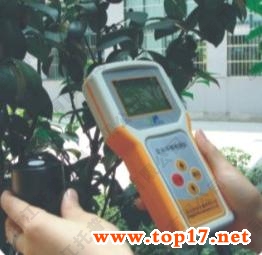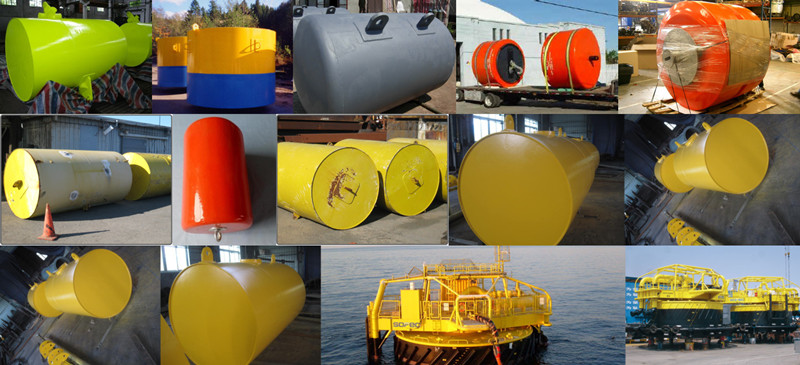The impact of light on plant growth is very far-reaching. It affects the plant's physiology, ecology, and the benefits of agricultural production to varying degrees. In general, when the light is sufficient, the crop grows better and the production capacity is stronger. Insufficient illumination will directly affect the growth of crops and lead to plant wilting or death. Therefore, in agricultural research, light is an important environmental factor affecting plant physiology. Photosynthetically active radiation values ​​can be measured using photosynthetically active radiation recorders. found out. In the photosynthesis of plants, light is mainly used as an energy substance to participate in the growth of plants. However, for plant growth, only light that can be absorbed and utilized by plants is beneficial to the photosynthetic and dry matter accumulation of plants. Therefore, in agricultural production, Research light cannot be used to determine total photosynthetic radiation, but to measure photosynthetically active radiation. This has been widely recognized and adopted, and in order to better facilitate the development of photosynthetically active radiation measurements, Topsun Yunnong R&D and production A professional measuring instrument, the photosynthetic active radiation recorder, enables researchers to rapidly obtain photosynthetically active radiation of sunlight in the 400-700 nm wavelength range in the terrestrial environment. Currently, the photosynthetic active radiation recorder has been widely used in agricultural meteorology. And crop growth research and other fields.
Ocean buoy is a marine hydrological and meteorological observation station, which is composed of the anchor in the sea. It can in accordance with the provisions of the requirements of long-term, continuously for marine scientific research, and offshore oil (gas) development, port construction and national defense construction collect required oceanographic and meteorological data, especially to collect data of survey ship is difficult to collect adverse weather and sea conditions.
Photo of our Marine Buoy:
The observed data from the coastal and Sea Island stations can only reflect the situation of coastal waters and islands, which can not play a role in ocean navigation. And the establishment of ocean buoy can solve this problem. Ocean buoy is an unmanned automated ocean observation station, it shall be fixed in the specified area, with the wave of ups and downs, like a beacon of on both sides of the channel. Don't look at it in the big sea is not obvious, but its role is not small, it can be in any harsh environment for a long time. Continuous. All-weather work, daily schedule and timing measurement of 10 kinds of hydrological and meteorological elements.
The ocean is the place: sometimes change unpredictably weather, as sometimes tempestuous waves, in a thundering rage. In order to understand its temper, people built ocean stations in the coastal and island, measuring height. Ocean current. Sea surface temperature. Tide. Wind velocity. Air pressure and other hydrological elements, the master of these information, will bring more convenience to people. For example, know the storms region, sailing will avoid the walk, eliminating the ship of overlying casualties of the tragedy; know the direction of ocean current, sea and as far as possible along the walk, to save the sailing time and energy consumption; know the abnormal elevation of tide, timely preparedness emergencies, tries to in disasters will loss is reduced to a minimum. Also, the information obtained from the marine Observatory is essential to the study of marine engineering and marine science.
Form
Generally speaking, the whole project is divided into two parts of the ocean and underwater. The water part is equipped with a variety of meteorological elements of the sensor, the measurement of wind speed. Wind direction. Air pressure. Temperature and humidity and other meteorological elements; underwater part has a variety of hydrological elements of the sensor, respectively, measuring wave. Ocean current. Tide. Ocean sensing elements such as sea surface temperature and salinity. Signals generated by the sensor, through the automatic processing of the instrument, the transmitter from time to time, the ground receiving station will receive the signal processing, you get the information you need. Some of the buoy is built on a long distance from the land, the signal will be sent to the satellite, and then transmitted to the ground station signals received by the satellite.
Most of the ocean is powered by batteries. But due to the ocean buoy is far from the land, replace the battery is not convenient, there are many ocean buoys equipped with solar power storage devices, and some also use wave energy storage, greatly reducing the number to change the battery, so as to enable more convenient ocean buoy. Economics.
Marine Buoy Steel Marine Buoy,Floating Buoy,Mooring Buoy,Marine Equipment Unisite Group Ltd. , https://www.shipsparts.nl
In modern agricultural research, measuring instruments such as photosynthetically active radiation recorders are becoming more and more widely used. People are willing to use them and actively use them. Of course, because the instrument has advantages that are unmatched by traditional measurement methods, measurement efficiency and accuracy There will be significant improvements. Taking the photosynthetic effective radiation recorder as an example, the main features of the instrument are its small size and portability; Chinese LCD screen display, friendly man-machine interface; manual acquisition or free time interval acquisition, and excellent performance. It not only measures accurately, is easy to use, but also has good stability and maintenance-free. Therefore, using it in actual work can make research work more effective and obtain better research results. 
What is the use of radiation recorder? What are the characteristics of photosynthetic active radiation recorders?
